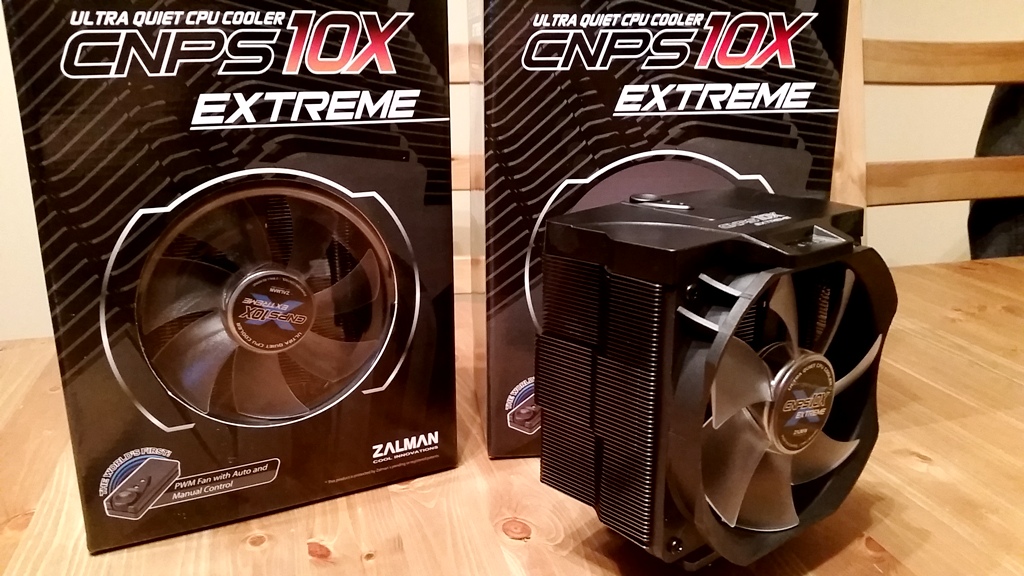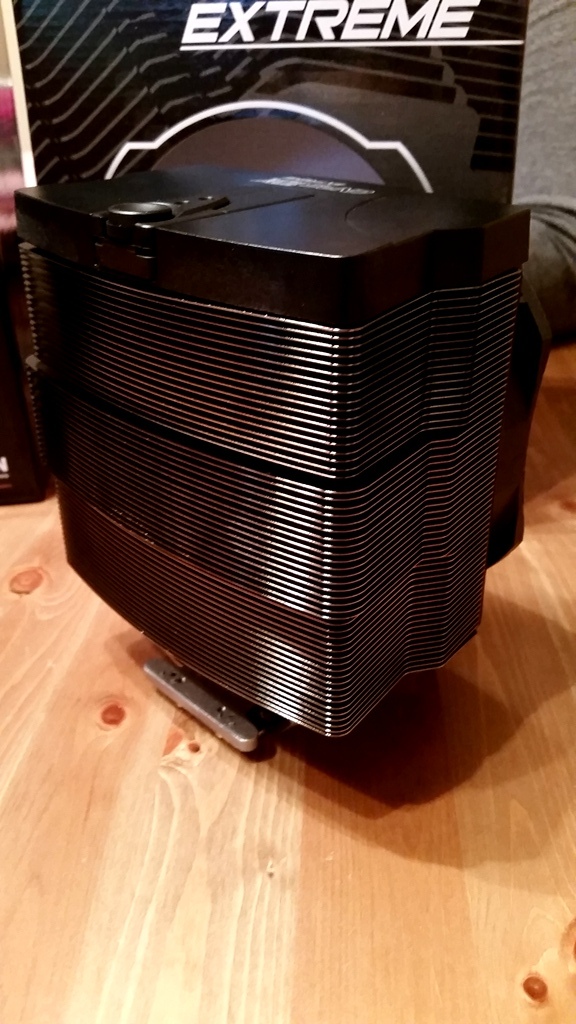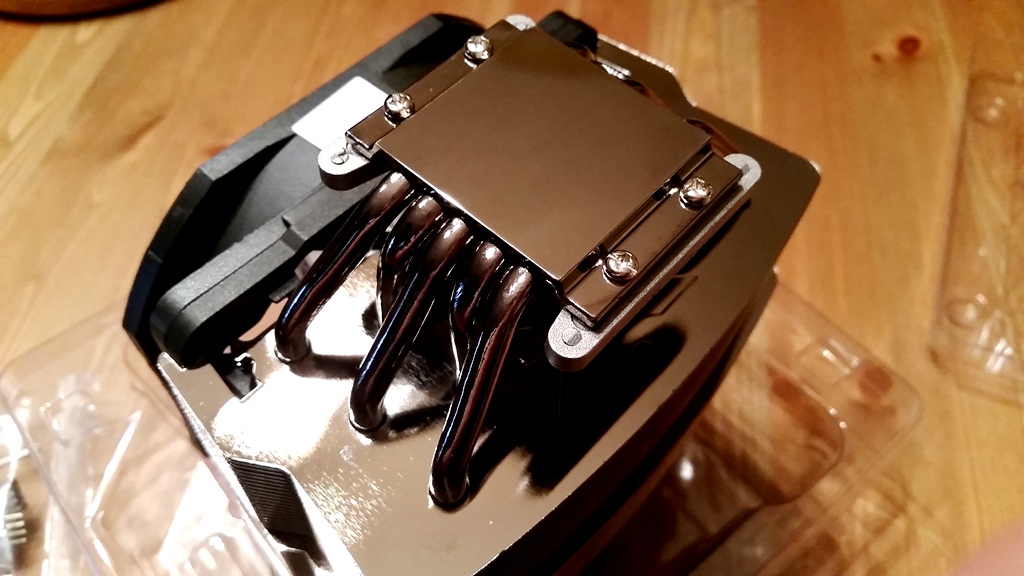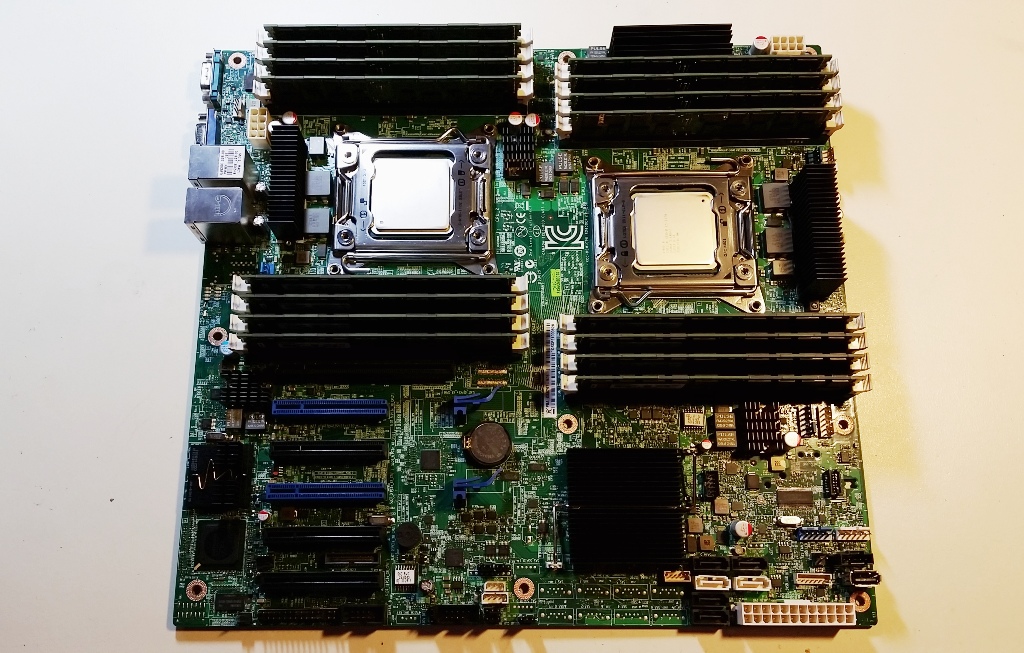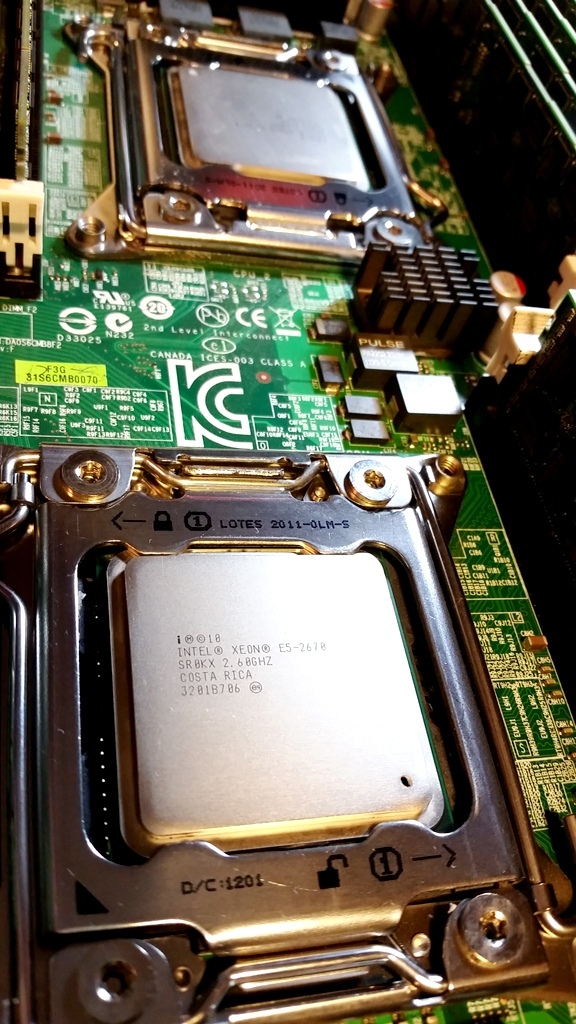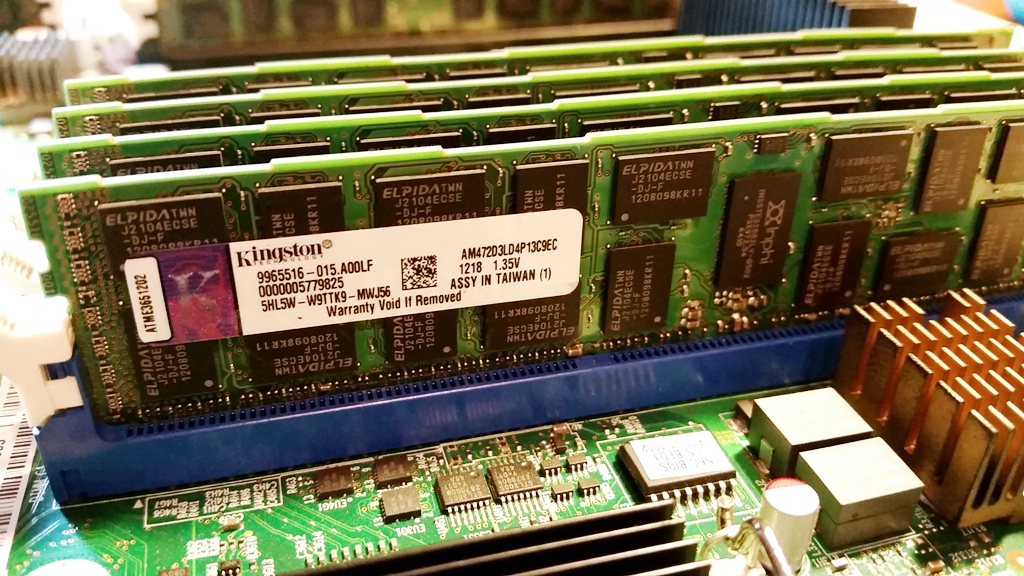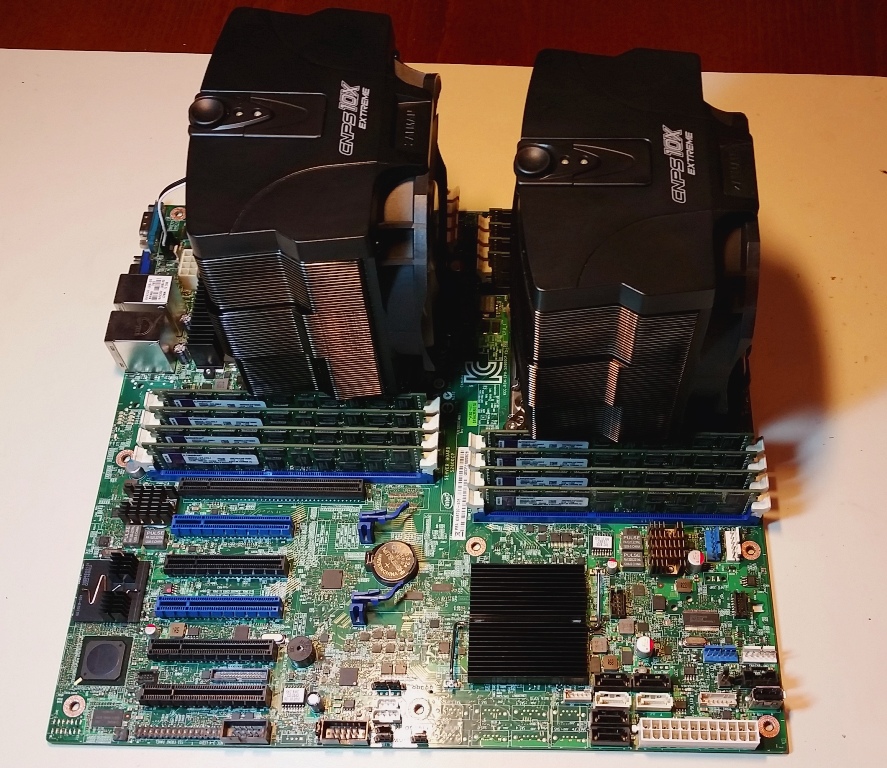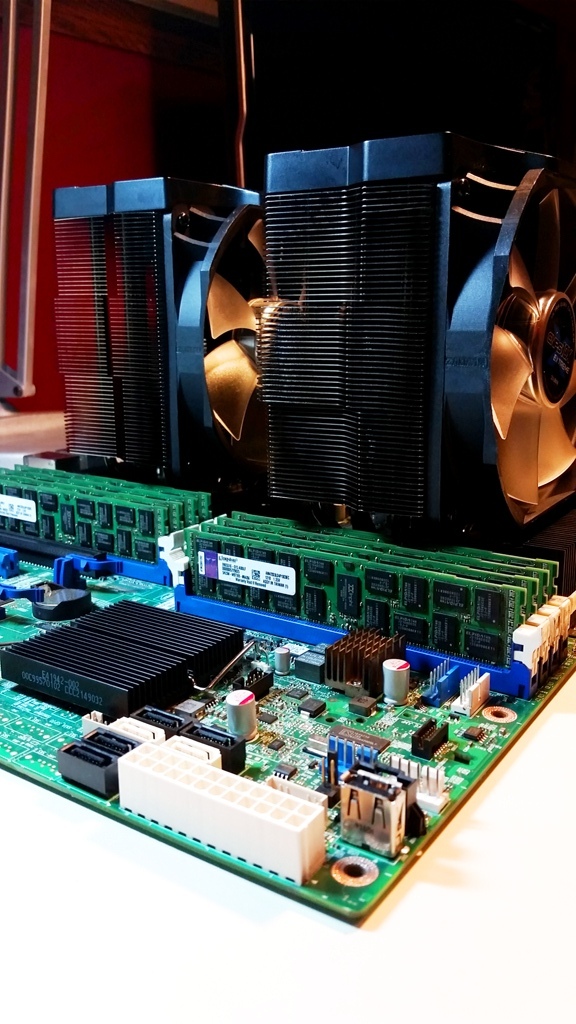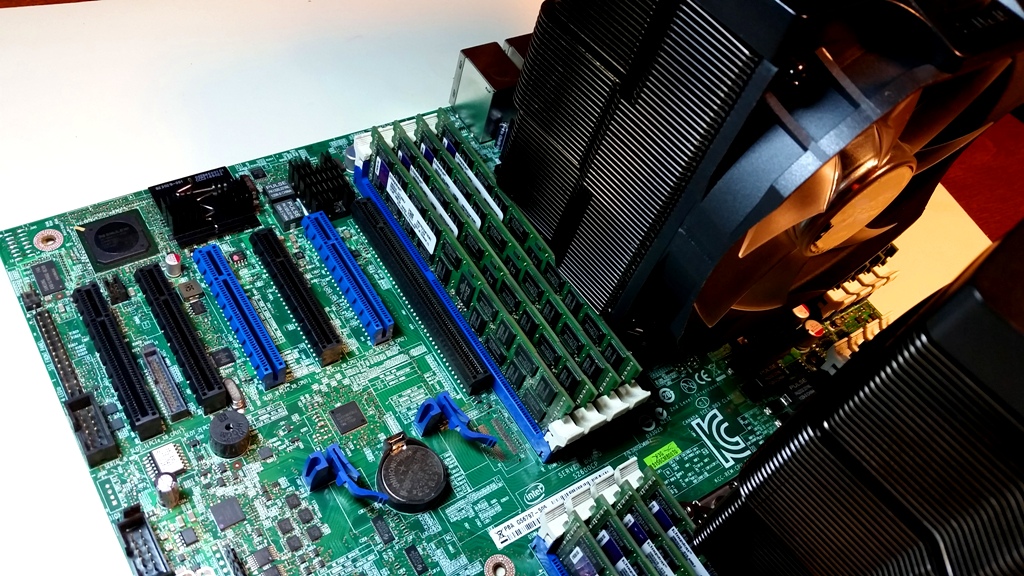Zarathustra[H];1041562151 said:Can't see any of your pictures
Apparently a.pomf.se is blocked as a "malicious website" by our firewall.
I can see 'em. I saw them twice, in fact: in the original post, and in your quote of the whole post. I don't think anyone here is able to fix your firewall.
![[H]ard|Forum](/styles/hardforum/xenforo/logo_dark.png)
































